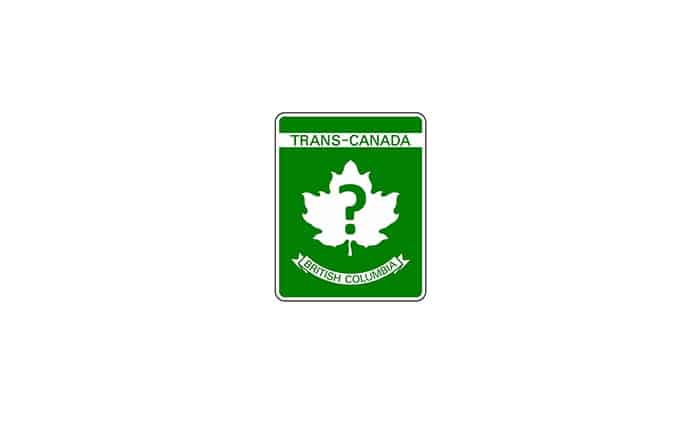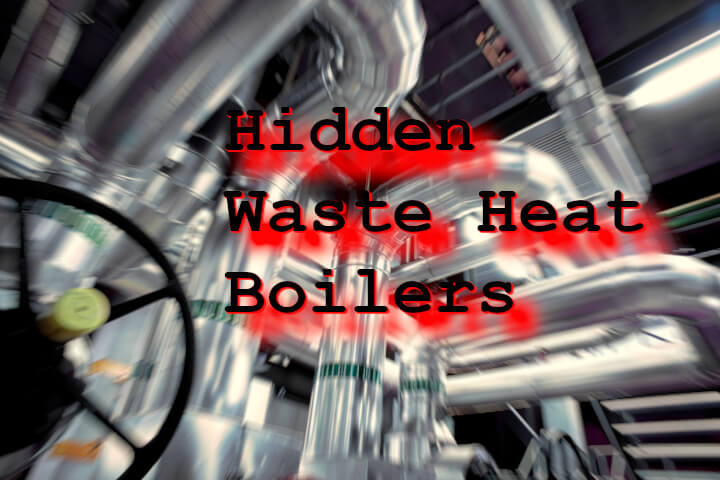As of November 7, 2016, BC effected some changes to its safety legislation. From discussions with a BC Oil and Gas Commission (BCOGC) representative, it’s reported that they are addressing these changes to ensure that no gaps in regulatory oversight occur. It will be interesting to see how this transpires.
The BCOGC now regulates oil and gas facility pressure piping (and related refrigeration) systems in British Columbia while the British Columbia Safety Authority (BCSA) continues to regulate pressure vessels, boilers, and boiler external piping. For more details from the BCOGC, please take a look at their Appendix A relating to the changes, the Memorandum of Understanding with the British Columbia Safety Authority (BCSA), and the Liquified Natural Gas Facility Permit Application and Operations Manual.
Governing legislation relating to codes of construction acceptable to the BCOGC for oil and gas facility pressure piping include ASME B31.3 or CSA Z662, per the BC Drilling and Production Regulation (Section 78(3)). Pressure piping drawings must be professionally authenticated per the Drilling and Production Regulation (Section 78(4)) and the BC LNG Facility Regulation(Section 12). “A facility permit holder must submit to the commission all as-built drawings including piping and instrumentation diagrams, metering schematics and plot plans, signed and sealed by a professional engineer licensed or registered under the Engineers and Geoscientists Act, within 3 months of beginning production or completing permitted modifications, as applicable” (BC Drilling and Production Regulation (Section 78(4))), and “An LNG facility permit holder must submit to the commission the record drawings, including process flow diagrams, metering schematics and plot diagrams, signed and sealed by a qualified professional, within 9 months after” notice of operation (BC LNG Facility Regulation (Section 12)).
The BC LNG Facility Regulation s 3(1)(f) further requires that the elements of a quality assurance program be presented to the BCOGC before the construction of the pressure piping system, but whether the program needs to (or even can, given the proprietary nature of fitting designs) address fitting design details or quality does not seem to be explicitly addressed.
PIDs and Process Flow Diagrams do not usually contain the information used to evaluate mechanical qualities of a design.
Details relating to mechanical design such as codes or standards of construction, calculations, identification markings, thicknesses and other dimensions, design pressures, design temperatures, minimum design metal temperatures, material specifications, impact testing, heat treatment, test pressures and mediums etc are ordinarily excluded from PID’s, Process Flow Diagrams, Metering Schematics and Site Plot Diagrams.
In combination, these regulations indicate that P&IDs, Process Flow Diagrams, Metering Schematics, and Site Plot Diagrams need to be professionally authenticated by a professional engineer registered in BC, within a limited time frame after completion of construction or operation of the pressure piping systems. So, in effect, the BC Drilling and Production Regulation (Section 78(4)) and the BC LNG Facility Regulation (Section 12) do not seem to require that details relating to fitting design be provided to the BCOGC before the pressure piping can be operated.
The above approach seems to be a departure and relaxation from what was required to use fittings in British Columbia prior to November 7, 2016, when registration of all non-exempt fittings within a pressure piping system required registration before operation.
Without a requirement to follow CSA B51, there would be no requirement to register oil and gas facility fittings with CRNs.
The previous CRN registration process for non-exempt fittings in BC required a third party accreditation of the fitting manufacturer’s quality control and capability, a statutory declaration attested to by the manufacturer that stated their products complied with all requirements of the selected adopted codes and referenced standards, detailed design drawings with enough detail to permit manufacture, and other technical information from the manufacturer to justify their design. After supplying the above proprietary information to the satisfaction of BCSA, and with BCSA’s assurance of confidentiality relating to design details, the fitting would be registered in BC.
Added to all of the above, CSA B51-2014 (The Canadian Boiler, Pressure Vessel, and Pressure Piping Code) is referred to in safety legislation across Canada and, from extensive and thoughtful deliberations, has requirements that extend beyond ASME B31.3-2014 and CSA Z662-2015 requirements. CSA B51 is about much more than just CRNs. So, CSA B51 includes more requirements than the codes referred to by the BC Drilling and Production Regulation. Similarly, CSA Z662 and ASME B31.3 make no reference to CSA B52-2013, the Canadian Mechanical Refrigeration Code.
It will be interesting to see how the BC Oil and Gas Commission, together with the BC provincial government, manages the BC legislative changes that are now in effect to ensure that the safety of British Columbians is not reduced. British Columbians, like all other Canadians, deserve nothing less.




